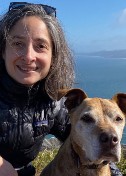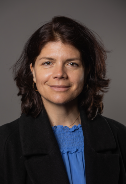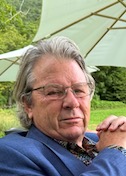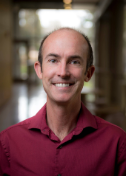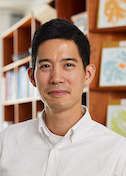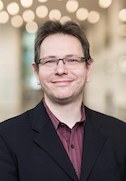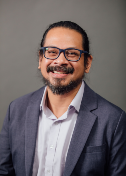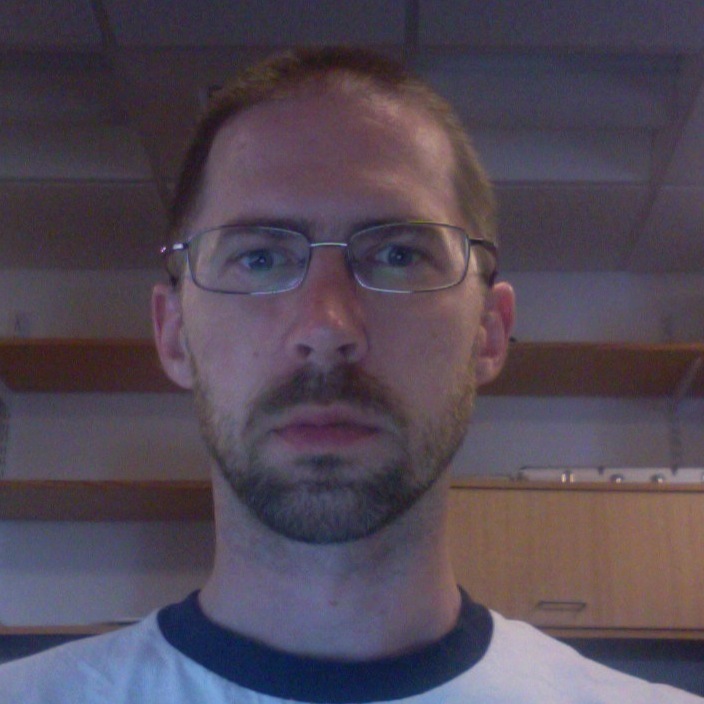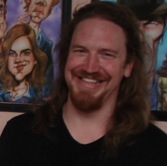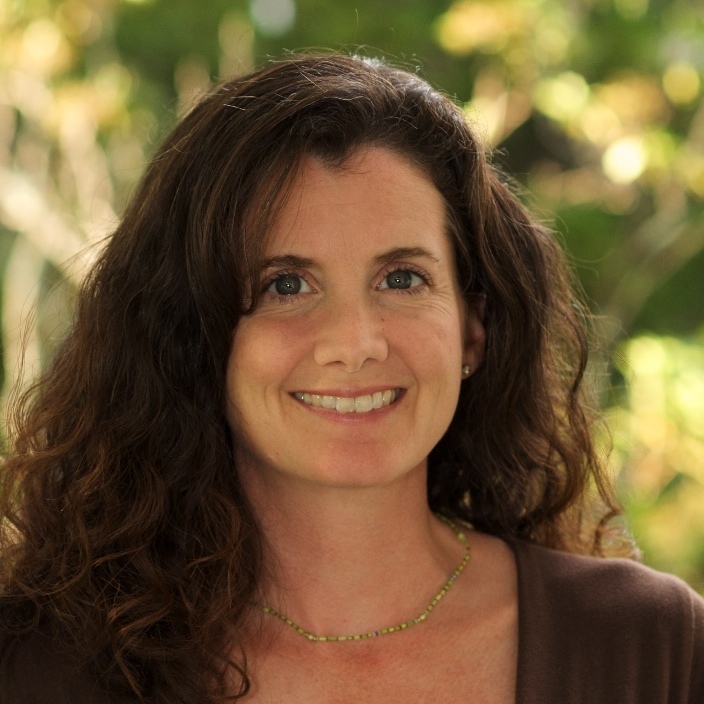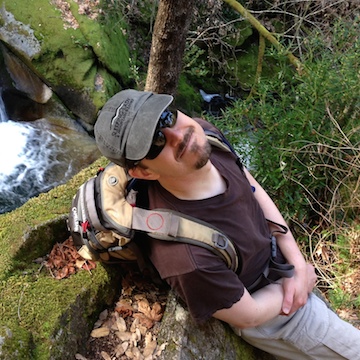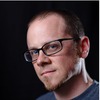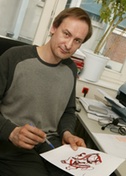One Lab, Many Methods
Wesley Sundquist
University of Utah
Published February 12, 2013
Wes Sundquist got his first taste of structural biology as a doctoral student in chemistry at MIT in Cambridge, MA, designing small molecules to bind to DNA and using nuclear magnetic resonance imaging and crystallography to look at them.
"The more I looked at the molecular biology, the more the biomolecules interested me," says Sundquist, professor of biochemistry at the University of Utah. When Sundquist completed his degree in 1988, he swapped one Cambridge for another, spending the following 4 years as a post-doctoral fellow at the Medical Research Council Laboratory of Microbiology at Cambridge University, UK.
While there, he worked under Aaron Klug, winner of the Nobel Prize in 1982 for crystallographic electron microscopy and for solving the structures of nucleic acid complexes. "They were tackling what seemed to be important problems," says Sundquist, who while there studied telomeric DNA structures, the hairpin-shaped tails that cap chromosomes.
In 1992, Sundquist moved to the University of Utah and started his own structural biology lab. The biochemistry department at the university had just received a grant from the Markey Foundation to launch a structural biology initiative. "It was clear the group was going to grow," says Sundquist.
Today, Sundquist is one of the earliest members of a large, multifaceted and collaborative department, making it possible for him to use NMR, EM, Xray crystallography, genetics and biochemistry in his work. The still-growing department has a strong NMR program with an NMR Center at the Medical School, as well as experts in electron microscopy (Adam Frost) and protein crystallography (Chris Hill).
Over time the group has had several influential members, including Tom Alber, now at the University of California, Berkeley, and Venki Ramakrishnan, now at MRC LMB, who won the Nobal Prize for his work describing the structure and function of the ribosome. He solved the first ribosome structure at Utah.
SBGrid membership helps the Sundquist lab find and use the right tools and methods for their work. The lab joined the SBGrid consortium just a year ago. Since then, "we're a lot more adventurous in trying to do new things," says Steve Alam, research assistant professor, NMR spectroscopist, and SBGrid liaison in the Sundquist lab.
Sundquist's work today focuses on the HIV virus. When he started his lab, many people were studying the enzymes in the virus, but few were looking at the structural proteins. So Sundquist filled the space. "We thought the structural proteins might help organize the different steps in the viral lifecycle," he says. "I think that's turned out to be true."
Most recently, Sundquist has been working out the mechanics of how HIV uses host pathways to replicate and, specifically, to bud from cells. The virus hijacks a pathway, ESCRT, used by the cell to complete the final step in cell division. Sundquist found one of the two known ways in which the virus links into this pathway. "We believe we've found a third way, so we're working on that now," says Sundquist, who hopes his findings will point to potential new targets for HIV interventions.
Sundquist is also looking forward to working with a new expert in his department, Janet Iwasa, formerly from Harvard Medical School. Iwasa uses scientific animations to test structural hypotheses, such as those Sundquist has about the steps involved in the HIV lifecycle. "I think she's going to change the way we think about these steps and how we visualize them," he says.
-Elizabeth Dougherty


